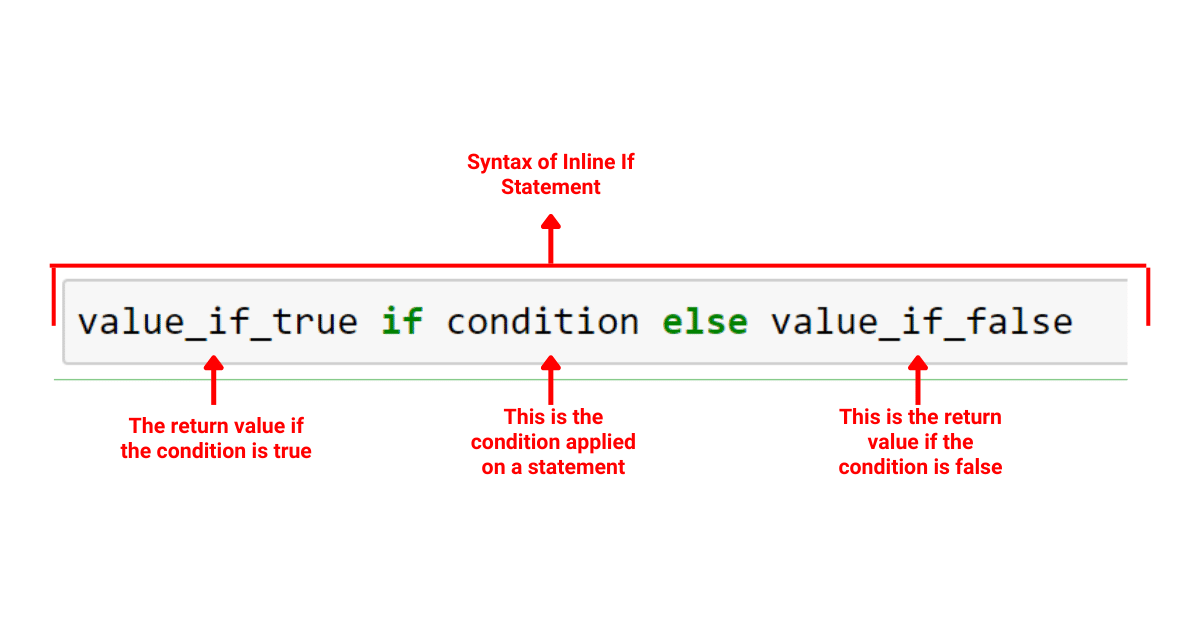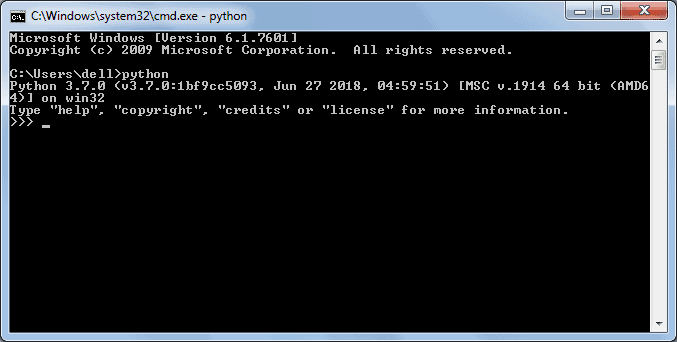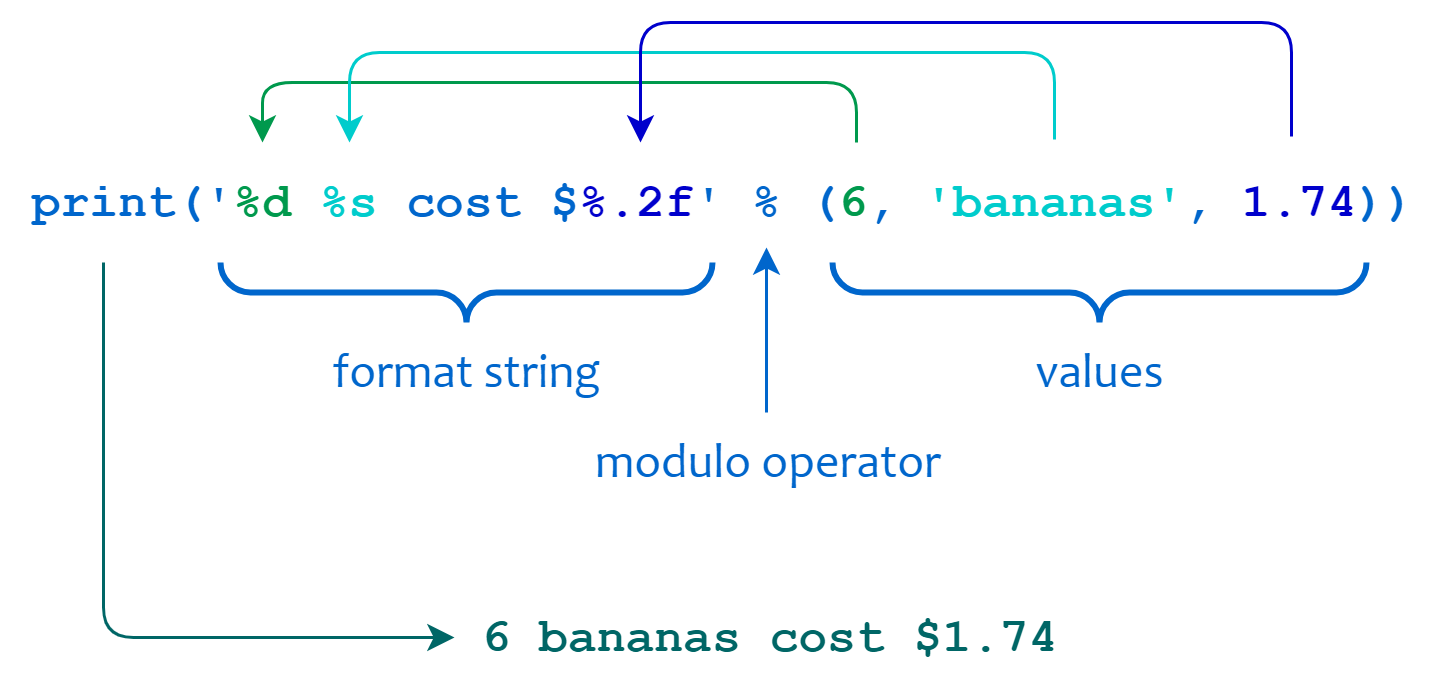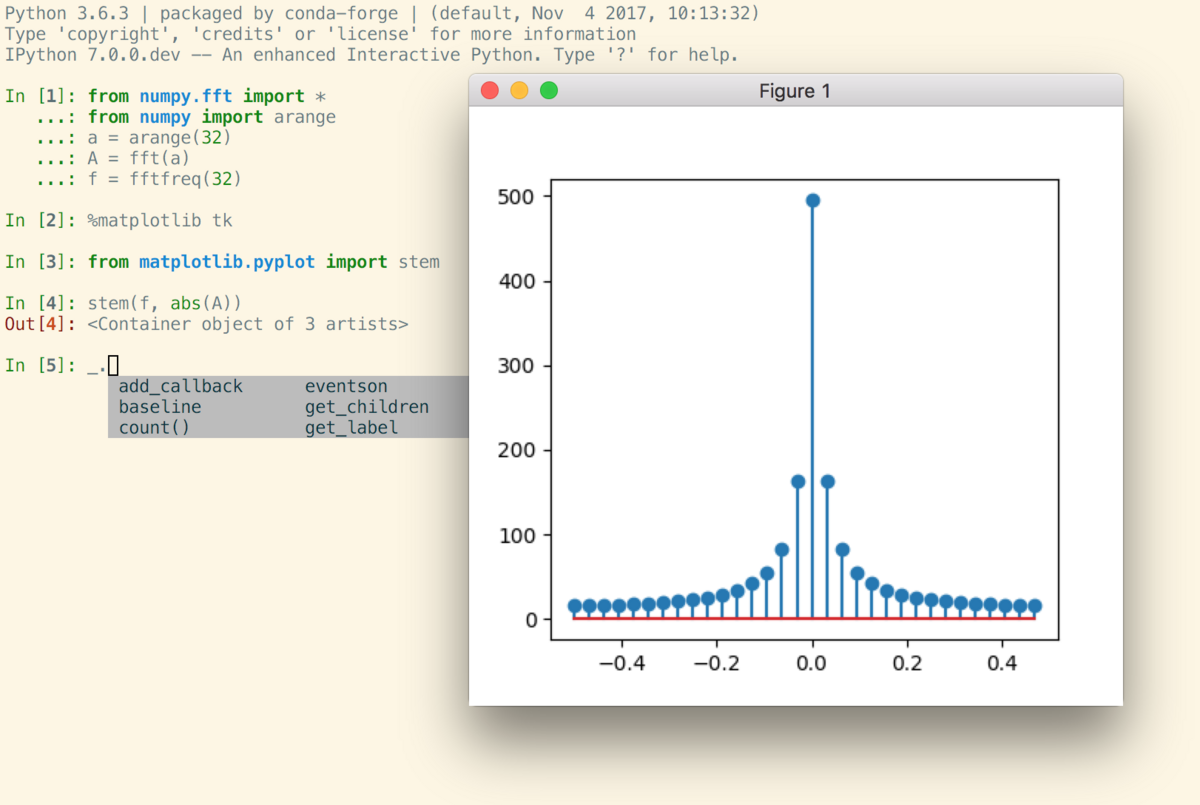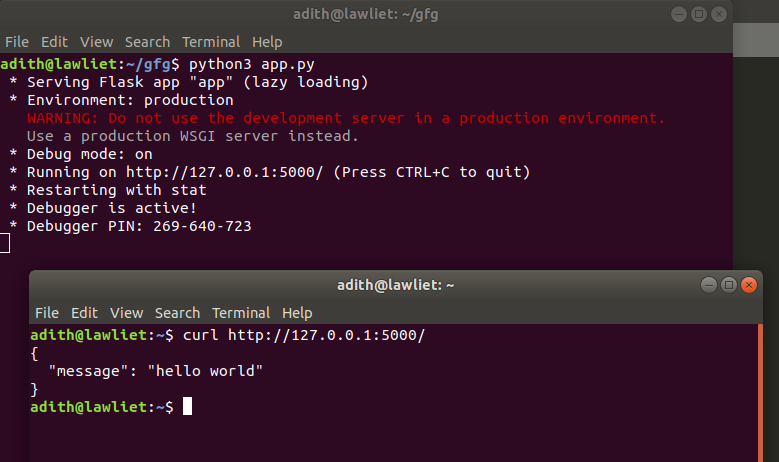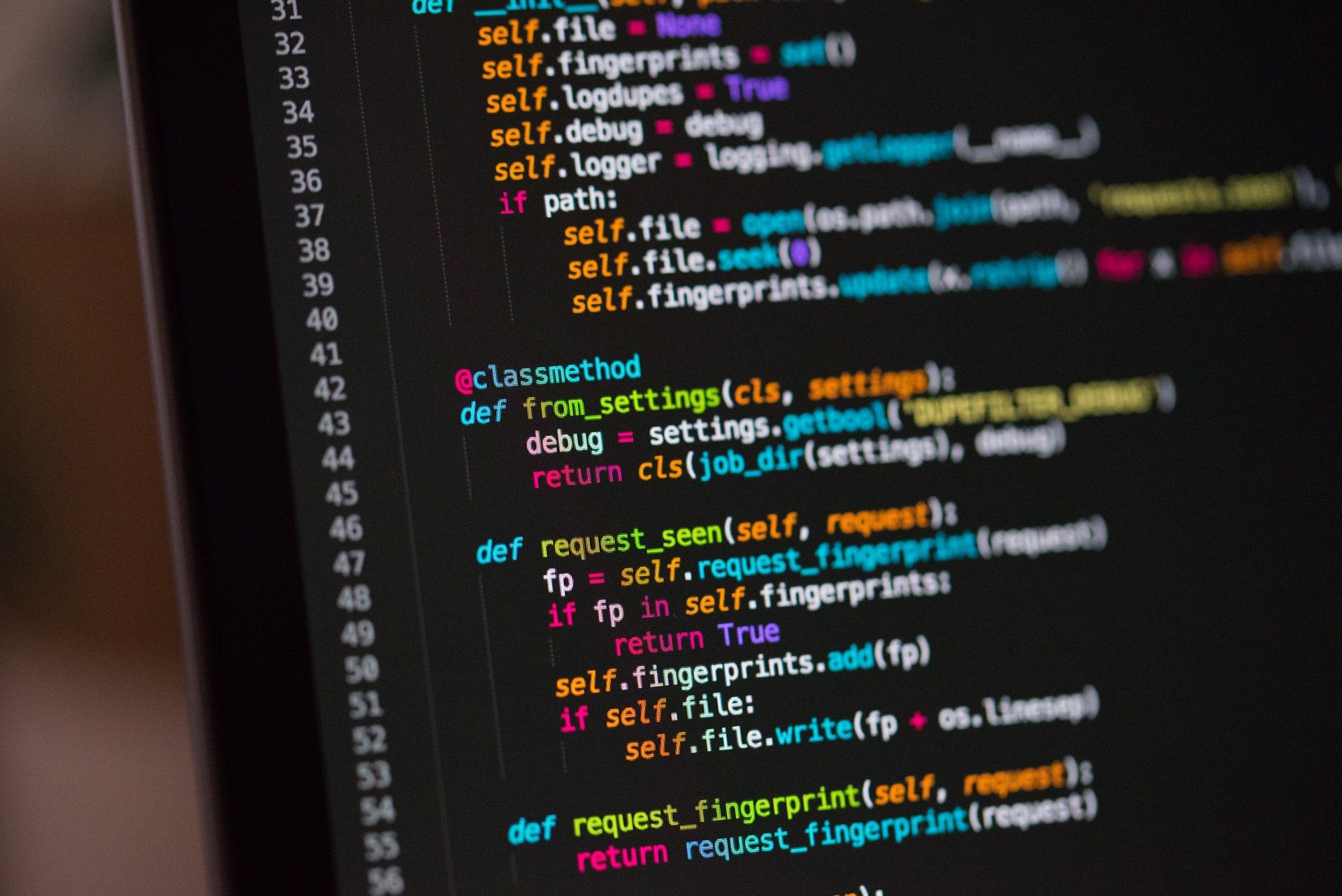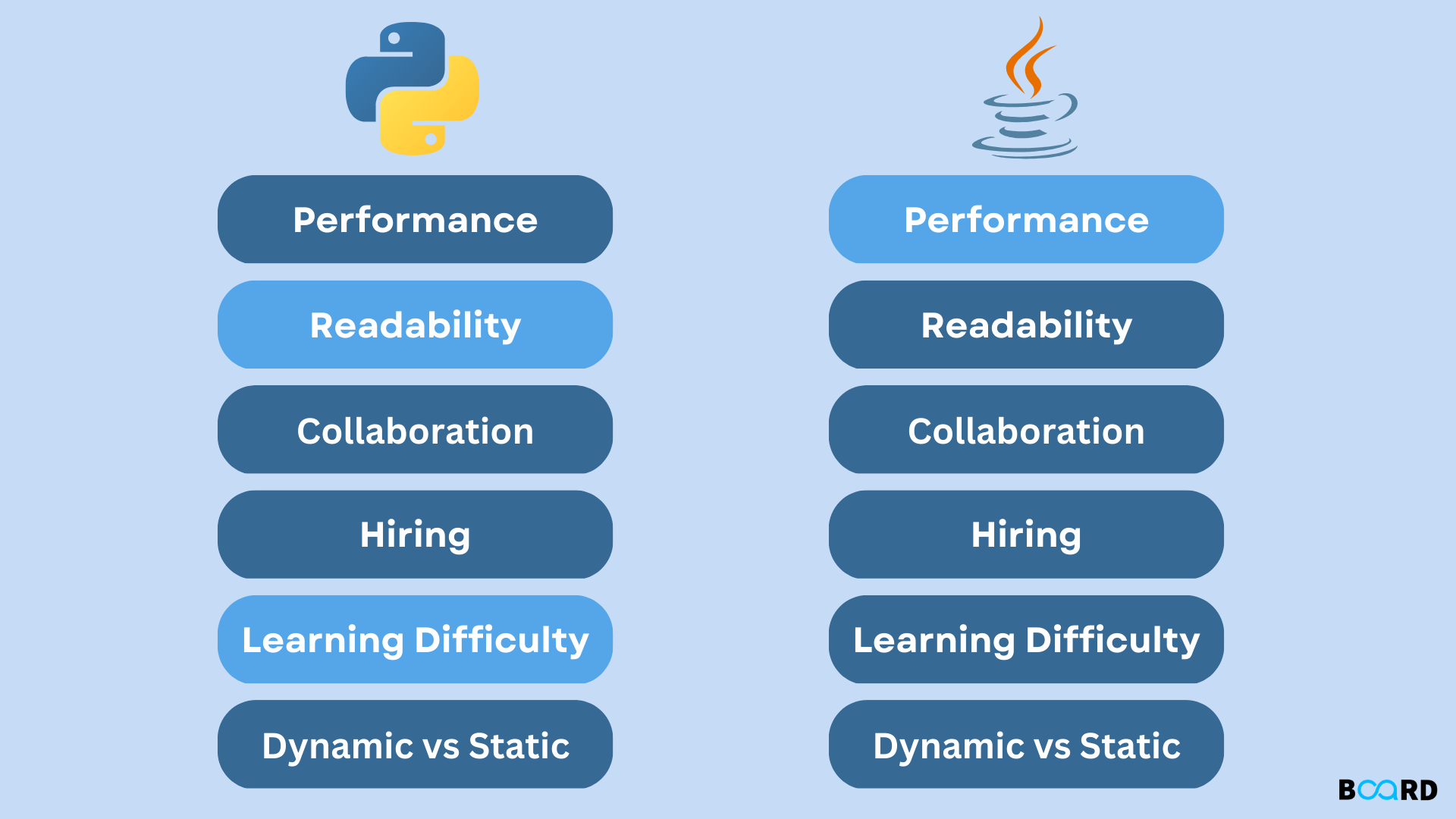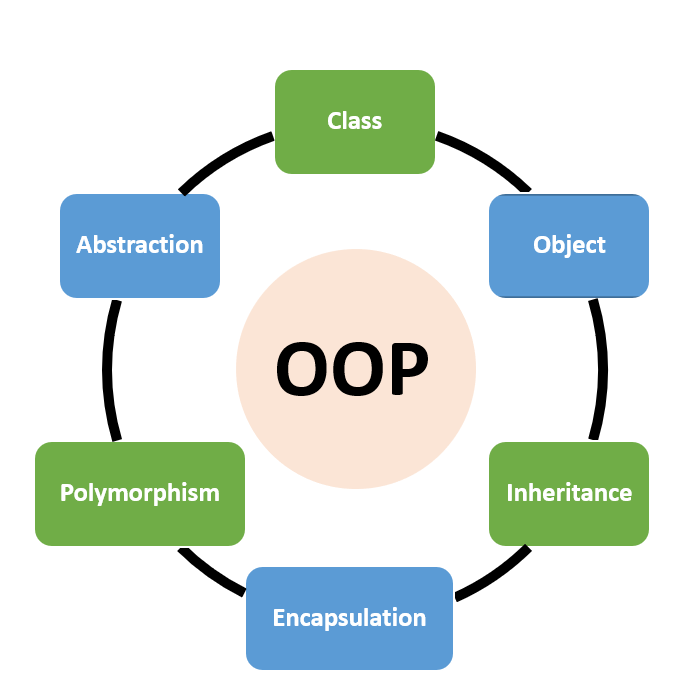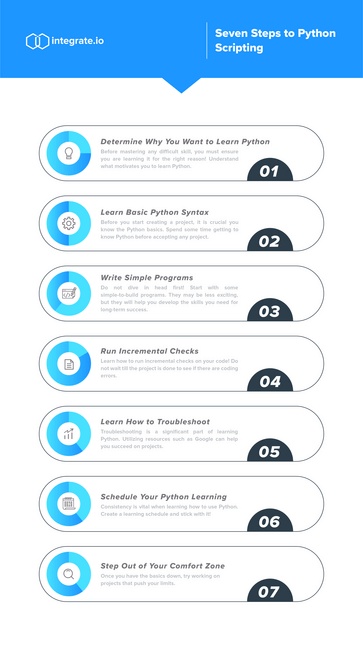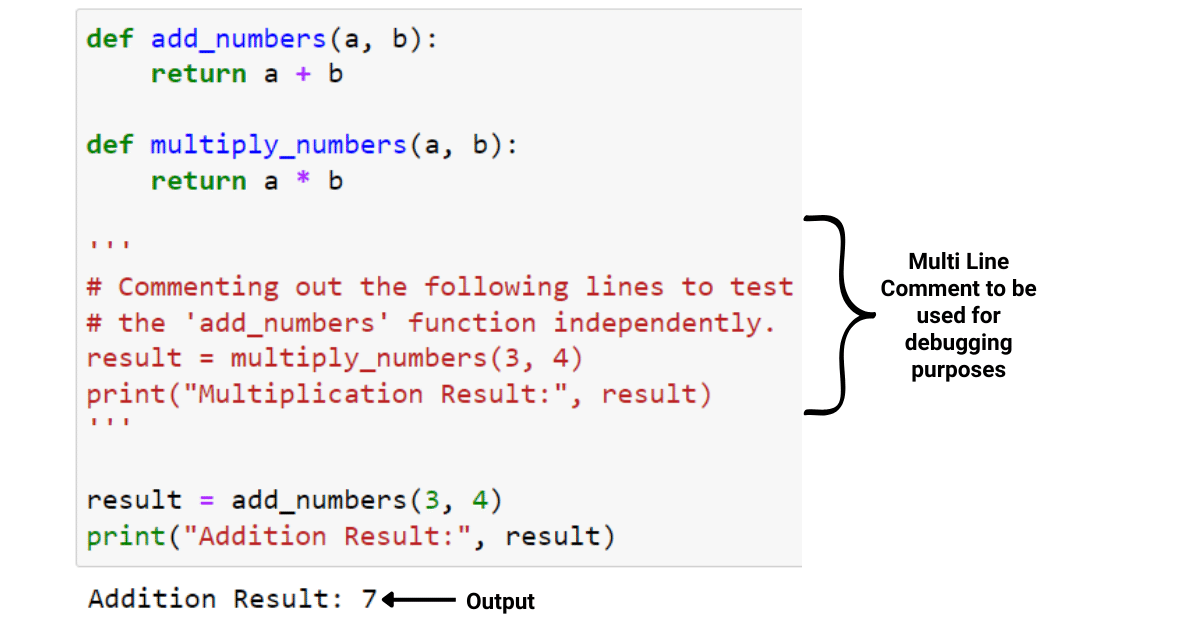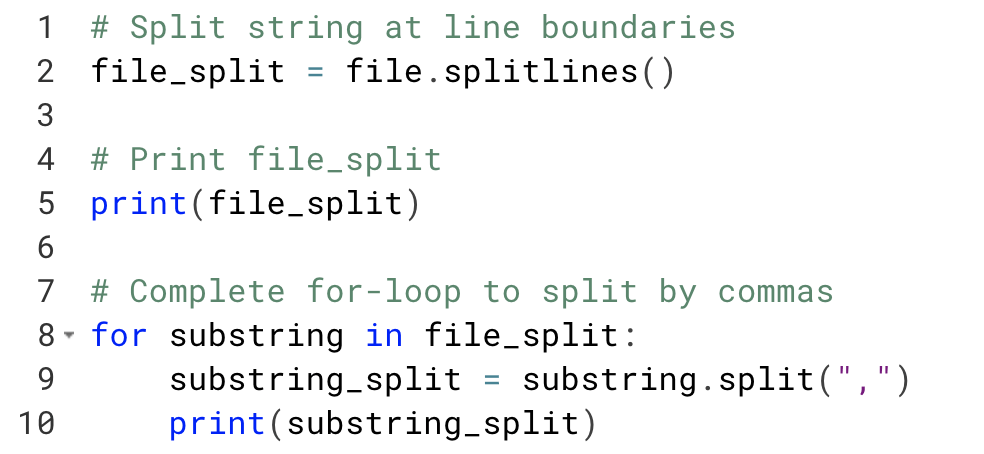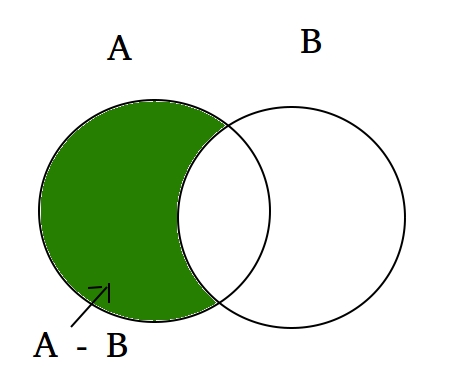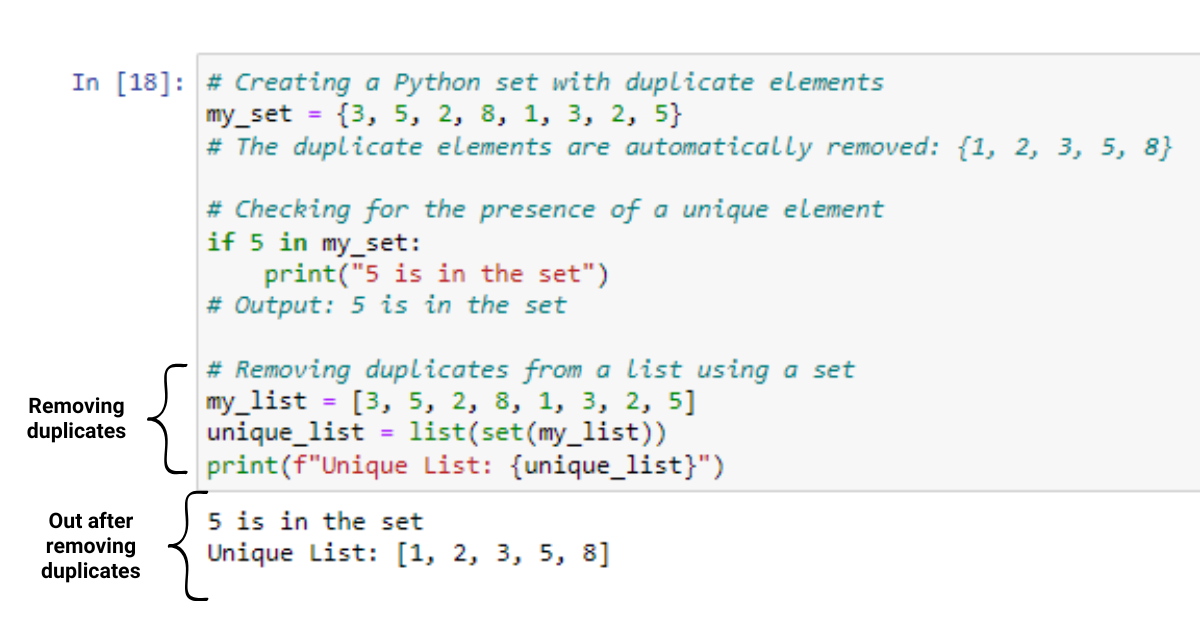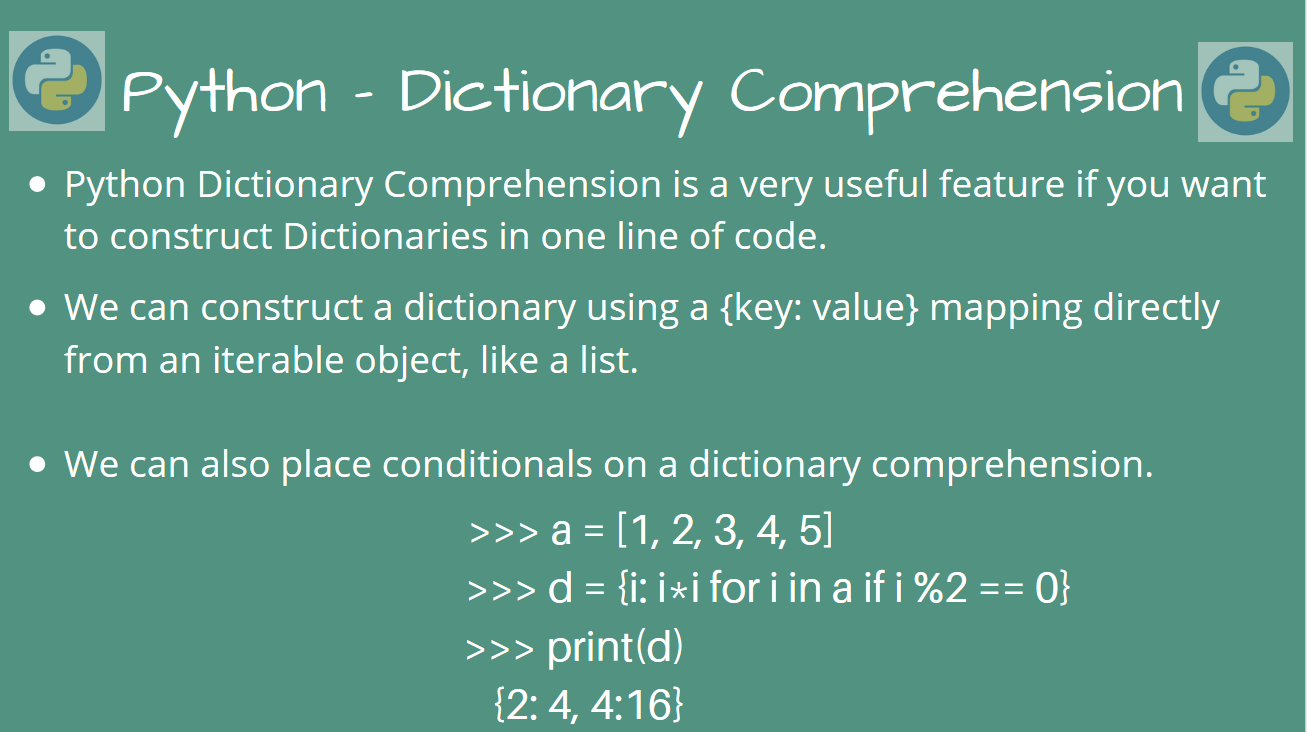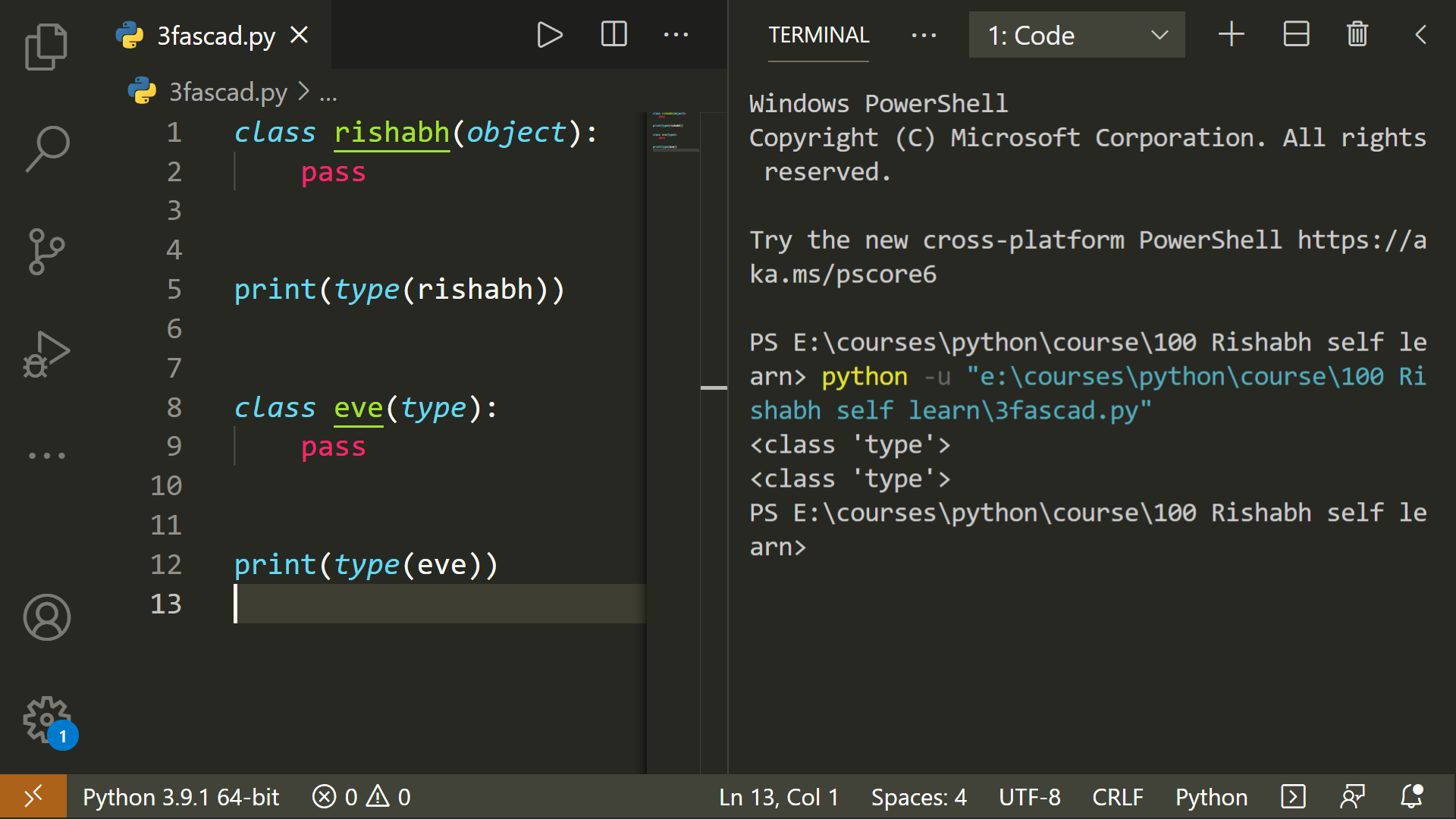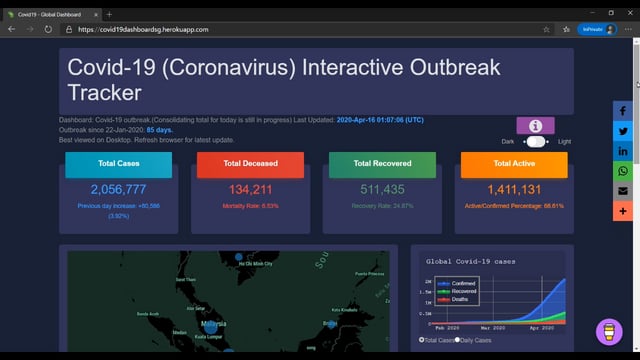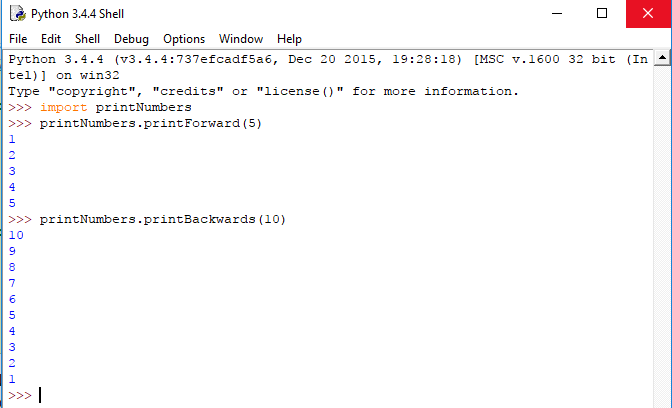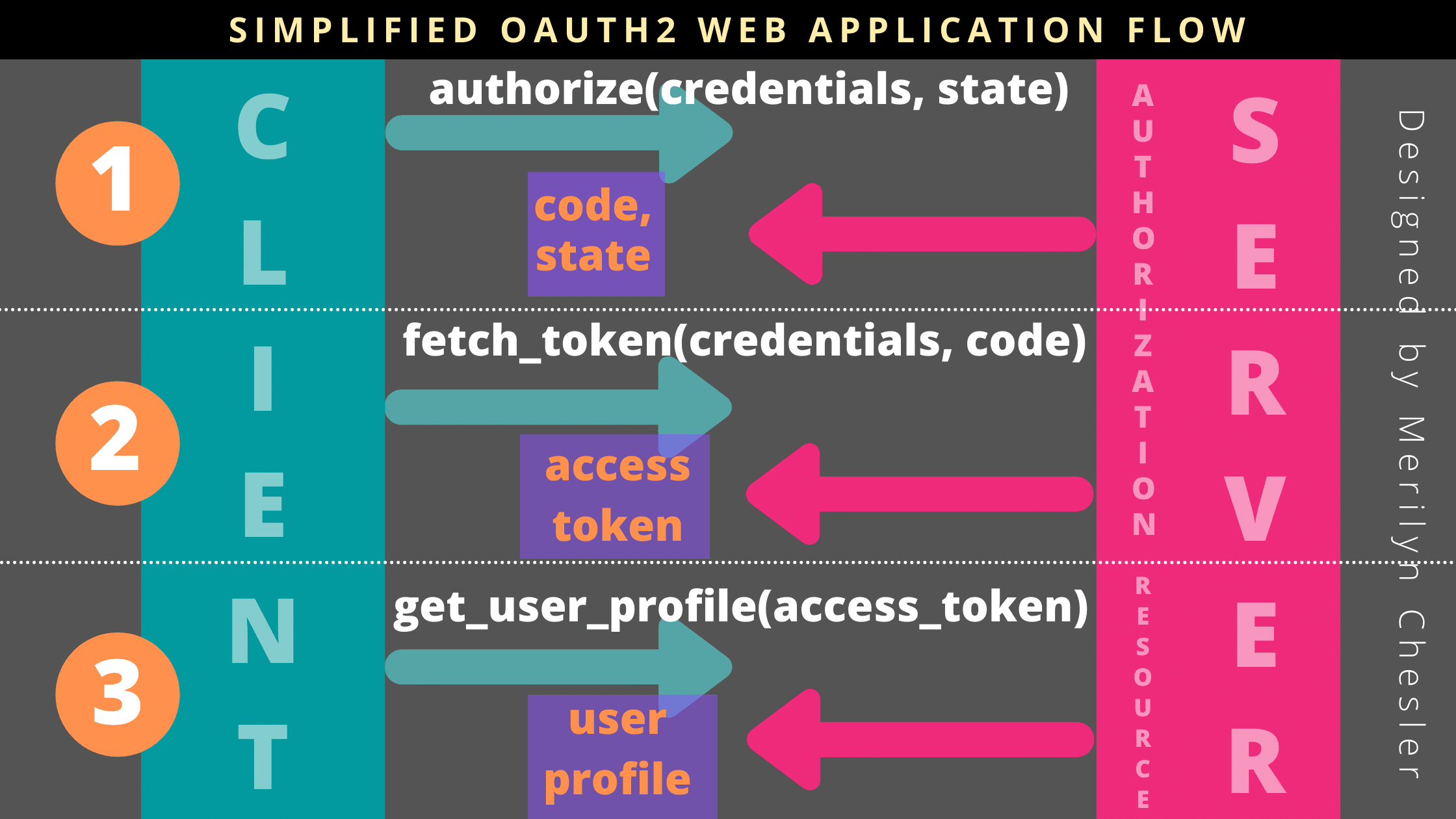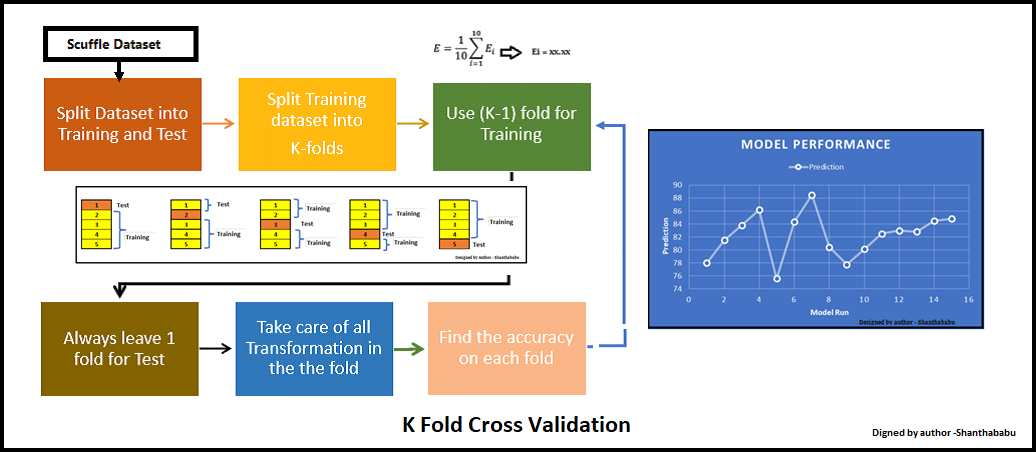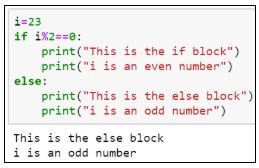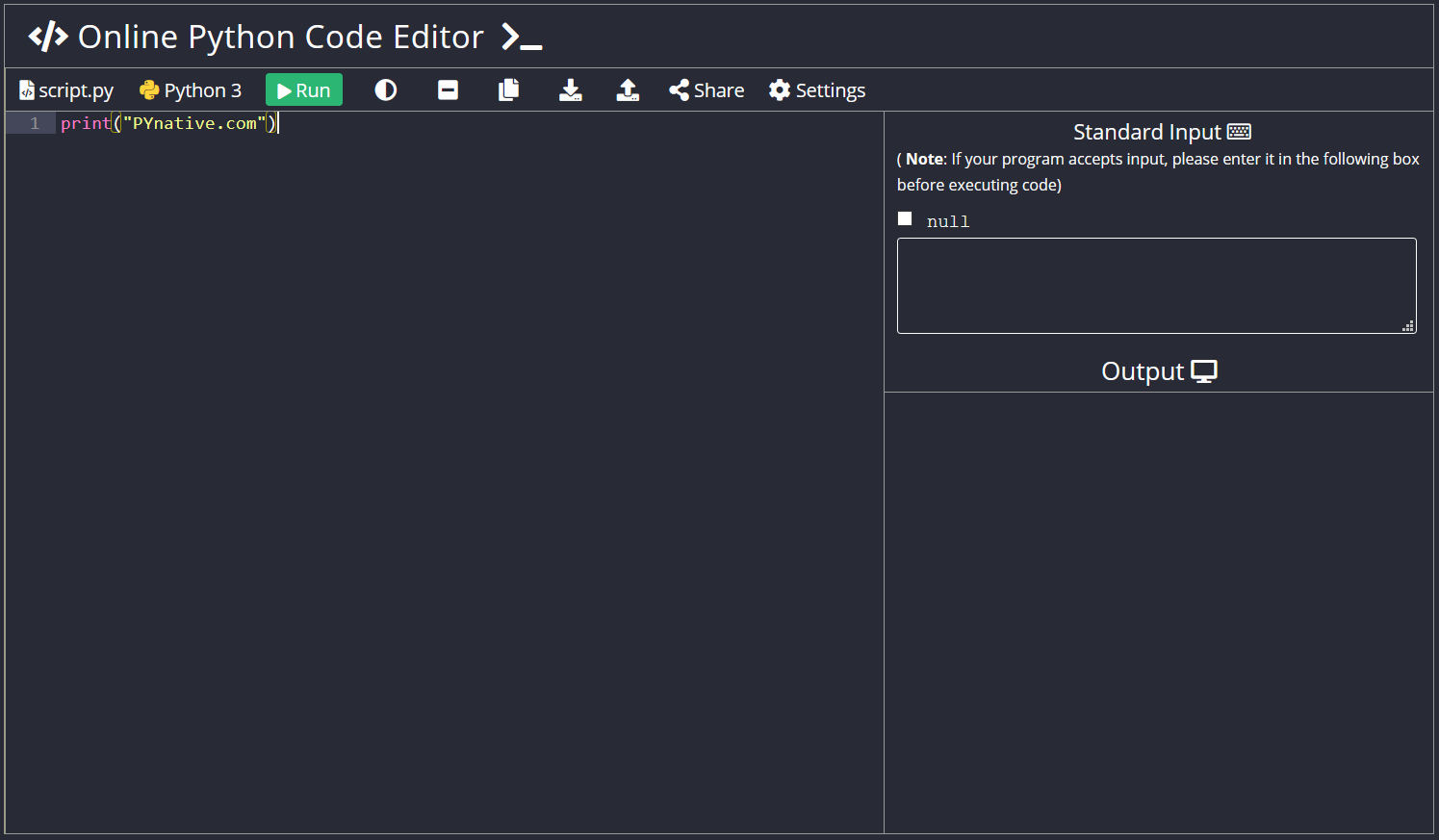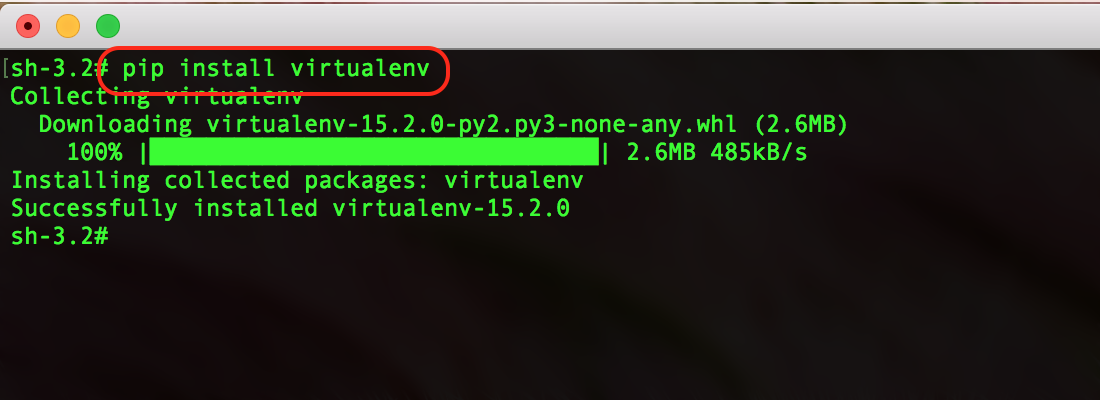Can I use Python as a database?
Can I use Python as a database?
You can definitely use Python as a database to some extent, but it depends on how you define a "database." Python is primarily a programming language used for various purposes such as data analysis, machine learning, web development, and more. It's not designed to be a traditional relational database like MySQL or PostgreSQL.
However, Python has several libraries that allow you to store and manipulate data in a way similar to what you'd expect from a traditional database:
Dictionaries (JSON-like): In Python, dictionaries are built-in data structures that can store key-value pairs. You can use this feature to create a lightweight data storage system. Pandas: The pandas library is particularly useful for data manipulation and analysis. It allows you to create, read, and write DataFrames (which are essentially multi-dimensional tables) to various file formats like CSV, JSON, Excel, or even relational databases. sqlite3: The sqlite3 library is a built-in Python module that provides an interface to SQLite databases. You can use it to create and manage database files in Python. MongoDB (Python driver): If you're interested in using MongoDB as your "database," Python has a native driver calledpymongo that allows you to interact with MongoDB databases programmatically. Graph databases: Libraries like Neo4j, OrientDB, or Amazon Neptune can be used to store and query graph data structures, which are particularly useful for complex relationships between entities.
In summary, while Python itself isn't a traditional relational database, it has various libraries and modules that allow you to perform tasks similar to those in a traditional database. The choice ultimately depends on your specific use case and what type of "database" functionality you need.
For example, if you're building a web application with a simple data storage requirement, using dictionaries or pandas might be sufficient. However, if you need more complex querying or relationships between entities, consider using a dedicated database management system like MySQL, PostgreSQL, or MongoDB.
Remember that the term "database" can have varying meanings depending on the context. Python's capabilities for storing and manipulating data are often overlooked due to its primary focus as a programming language. Nevertheless, with the right libraries and modules, Python can be an excellent choice for building robust and scalable data-driven applications.
How to create a database in Python using MySQL
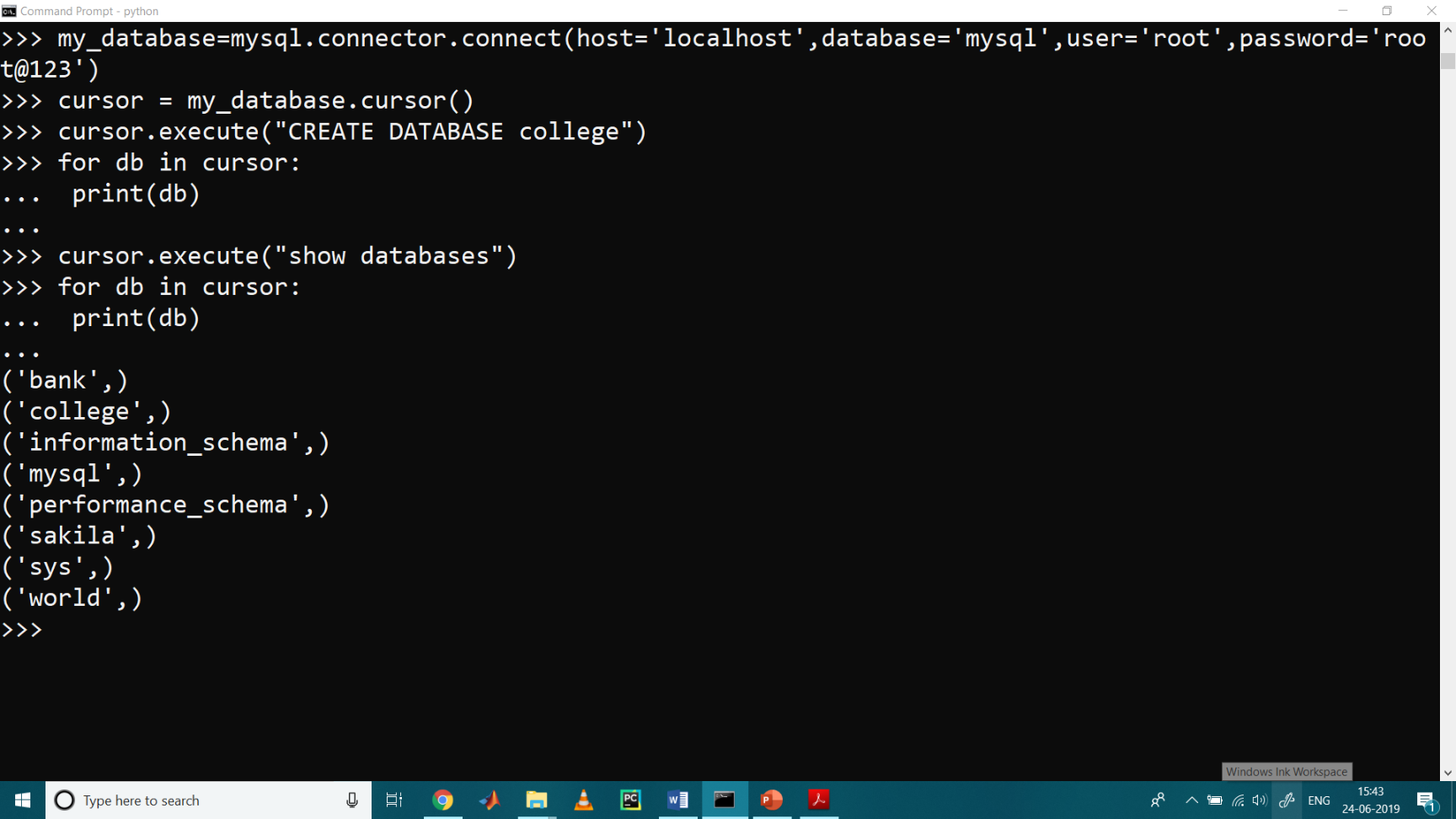
To create a database in Python using MySQL, you'll need to install the mysql-connector-python library and then use it to connect to your MySQL server. Here's a step-by-step guide:
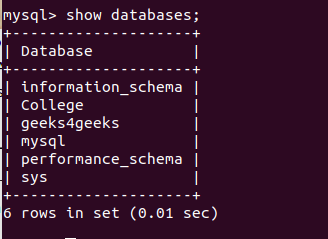
Step 1: Install the mysql-connector-python Library

You can install the library using pip:
pip install mysql-connector-python
Step 2: Import the Library and Establish a Connection
Create a Python script and import the mysql.connector module:
import mysql.connector
Establish a connection to your MySQL server
cnx = mysql.connector.connect(
user='your_username',
password='your_password',
host='localhost',
database='your_database_name' # Replace with the name of the database you want to create
)
Replace 'your_username', 'your_password', and 'your_database_name' with your actual MySQL username, password, and database name.
Step 3: Create a Database
Use the cursor object from the connection to execute an SQL query that creates the database:
cursor = cnx.cursor()
Create the database
query = "CREATE DATABASE my_new_database"
cursor.execute(query)
cnx.close()
In this example, we create a new database named my_new_database. You can replace this with any name you like.
Step 4: Verify the Database Creation
To verify that the database was created successfully, you can reconnect to the MySQL server and list all available databases:
cnx = mysql.connector.connect(
user='your_username',
password='your_password',
host='localhost'
)
cursor = cnx.cursor()
query = "SHOW DATABASES"
cursor.execute(query)
result = cursor.fetchall()
print("Available databases:")
for row in result:
print(row[0])
cnx.close()
This script connects to the MySQL server, executes a SHOW DATABASES query, and prints out the list of available databases. You should see your newly created database listed among them.
Additional Tips
Make sure you replace the placeholders ('your_username', 'your_password', etc.) with your actual MySQL credentials. If you're using a remote MySQL server, ensure that it's properly configured to allow connections from your Python script. Be mindful of SQL injection attacks when creating and executing queries in Python. You can use parameterized queries or prepared statements to prevent these attacks.
By following these steps, you should be able to create a database in Python using the mysql-connector-python library. Happy coding!
